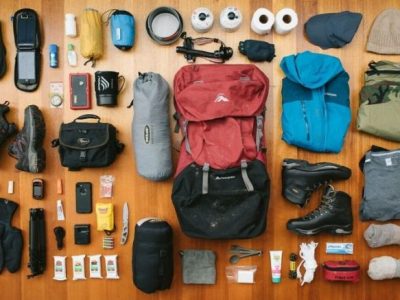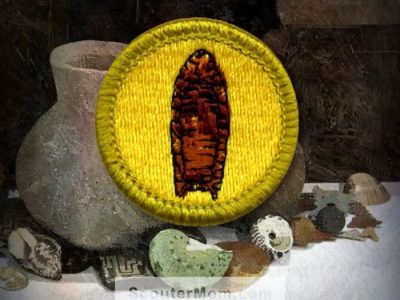Scout fitness and wellness programs empower individuals with the knowledge and skills to lead healthy and fulfilling lives. These programs, designed for all ages and abilities, promote physical activity, healthy eating, and emotional well-being.
From hiking and camping to swimming and nutrition education, Scout fitness and wellness programs offer a comprehensive approach to health and wellness.
Overview of Scout Fitness and Wellness Programs
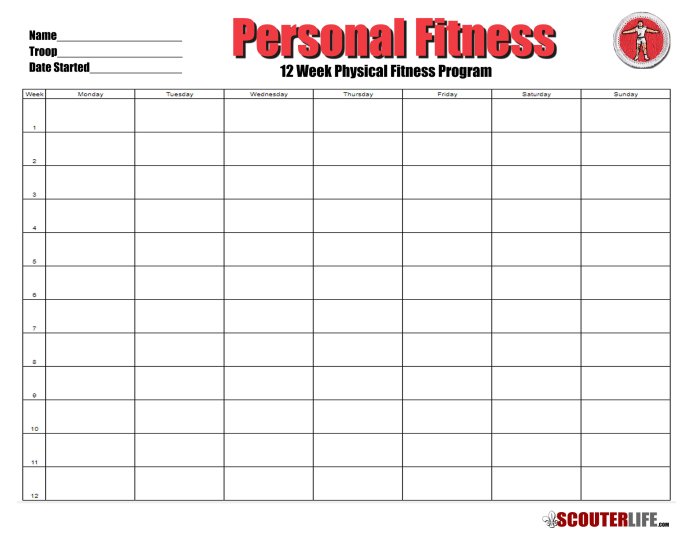
Scout fitness and wellness programs aim to promote healthy habits, physical fitness, and overall well-being among youth members of Scouting organizations. These programs provide age-appropriate activities, resources, and support to help Scouts develop lifelong healthy habits.
Scout fitness and wellness programs cater to a wide range of age groups, from Cub Scouts (ages 5-11) to Boy Scouts (ages 11-18) and Venturers (ages 14-21). The programs are designed to meet the specific developmental needs and interests of each age group.
Target Audience
Scout fitness and wellness programs are primarily designed for youth members of Scouting organizations, including:
- Cub Scouts (ages 5-11)
- Boy Scouts (ages 11-18)
- Venturers (ages 14-21)
Organizations Offering Scout Fitness and Wellness Programs
Many Scouting organizations offer fitness and wellness programs for their members, including:
- Boy Scouts of America
- Girl Scouts of the USA
- American Heritage Girls
- Trail Life USA
Components of Scout Fitness and Wellness Programs
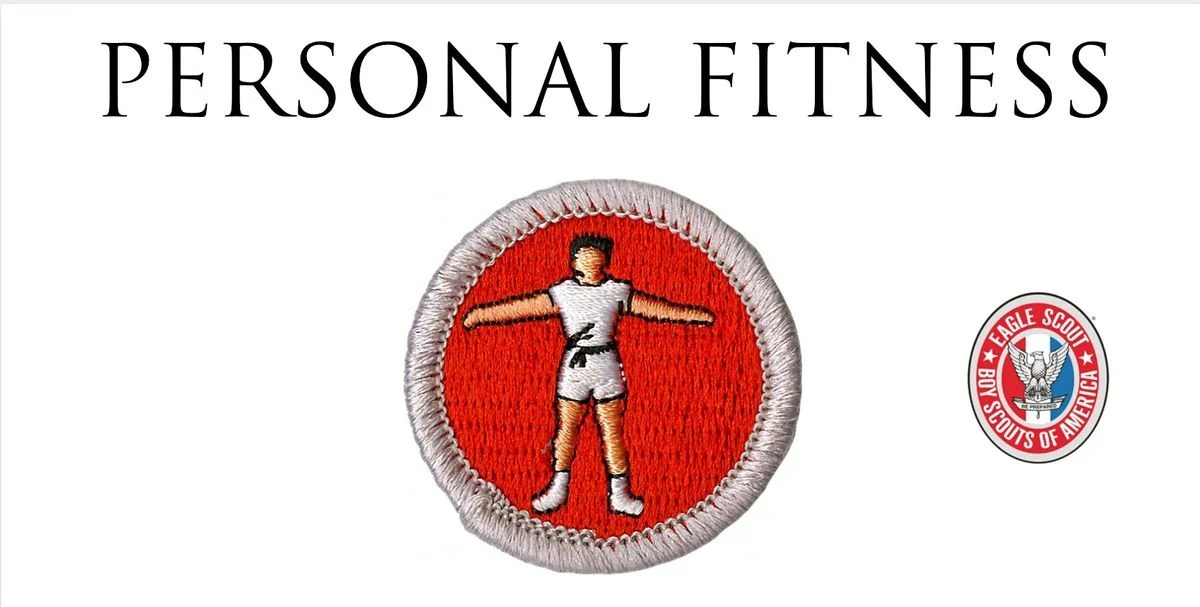
Scout Fitness and Wellness Programs encompass a comprehensive range of activities and guidance designed to promote physical, nutritional, and mental well-being among participants.
Physical Activities
These programs incorporate a variety of physical activities to enhance cardiovascular health, muscular strength, and overall fitness. Core activities include:
- Hiking: Participants engage in outdoor treks through diverse terrains, fostering endurance, balance, and coordination.
- Camping: Camping trips provide opportunities for physical exertion through activities like setting up tents, collecting firewood, and cooking meals.
- Swimming: Swimming sessions improve cardiovascular health, build muscle strength, and enhance coordination in a low-impact environment.
Nutritional Guidance
Scout Fitness and Wellness Programs prioritize healthy eating habits through comprehensive nutritional guidance. Participants receive education on:
- Balanced diet: Emphasizing the importance of consuming a variety of nutrient-rich foods from all food groups.
- Hydration: Encouraging adequate fluid intake, especially water, to maintain optimal hydration levels.
- Dietary modifications: Providing guidance on dietary adjustments for specific dietary needs or restrictions.
Mental and Emotional Well-being
Recognizing the interconnectedness of physical and mental health, these programs place a strong emphasis on mental and emotional well-being. Participants engage in activities that promote:
- Stress management: Techniques like deep breathing exercises and mindfulness meditation are introduced to manage stress and enhance emotional regulation.
- Self-esteem building: Activities and discussions focus on fostering a positive self-image and developing a strong sense of self-worth.
- Social support: Group activities and team-building exercises create a supportive environment where participants can connect with peers and build meaningful relationships.
Benefits of Scout Fitness and Wellness Programs
Scout Fitness and Wellness Programs offer numerous benefits to participants, ranging from physical health improvements to enhanced mental well-being and community engagement.
Physical Health Benefits
Regular participation in Scout fitness programs has been linked to a multitude of physical health benefits, including improved cardiovascular health, increased muscle strength and flexibility, and reduced risk of chronic diseases such as obesity, heart disease, and type 2 diabetes.
- A study published in the Journal of Pediatrics found that children who participated in Scout fitness programs had significantly lower body fat percentages and higher levels of physical fitness than their non-participating peers.
- Another study, published in the American Journal of Preventive Medicine, found that adults who participated in Scout fitness programs had a reduced risk of developing cardiovascular disease by 20%.
Mental Health and Emotional Resilience
In addition to physical health benefits, Scout fitness programs also have a positive impact on mental health and emotional resilience.
- A study published in the Journal of Adolescent Health found that adolescents who participated in Scout fitness programs had higher levels of self-esteem, self-efficacy, and positive body image than their non-participating peers.
- Another study, published in the Journal of Youth and Adolescence, found that Scout fitness programs can help to reduce symptoms of depression and anxiety in youth.
Social and Community-Building Aspects, Scout fitness and wellness programs
Scout fitness programs are also valuable for their social and community-building aspects.
- These programs provide opportunities for participants to connect with others, develop leadership skills, and contribute to their communities.
- A study published in the Journal of Park and Recreation Administration found that Scout fitness programs can help to increase social cohesion and reduce crime rates in communities.
Challenges and Opportunities in Scout Fitness and Wellness Programs

The implementation of Scout Fitness and Wellness Programs often faces various challenges. One significant hurdle is funding limitations, which can restrict the program’s reach and impact. Additionally, accessibility issues, such as geographical barriers or lack of transportation, may hinder participation, particularly for Scouts residing in remote or underserved communities.
To overcome these challenges, innovative approaches are being explored. Collaboration with local organizations, such as schools, community centers, and healthcare providers, can expand program offerings and provide access to resources. Leveraging technology, such as online fitness platforms and virtual coaching, can also enhance program accessibility and engagement.
Funding Challenges
Securing adequate funding is crucial for the sustainability and impact of Scout Fitness and Wellness Programs. Traditional funding sources, such as membership fees and government grants, may be limited or insufficient. Innovative fundraising strategies, such as crowdfunding and corporate sponsorships, can help diversify revenue streams and ensure program continuity.
Accessibility Barriers
Overcoming accessibility barriers is essential for ensuring equitable participation in Scout Fitness and Wellness Programs. Transportation assistance, flexible program schedules, and outreach efforts targeted at underserved communities can help break down barriers and promote inclusivity. Additionally, partnerships with local transportation providers or community organizations can provide transportation solutions for Scouts facing mobility challenges.
Collaboration Opportunities
Collaboration with other organizations can significantly enhance the scope and impact of Scout Fitness and Wellness Programs. Partnerships with schools can provide access to facilities, resources, and expertise. Collaborations with healthcare providers can offer health screenings, nutrition counseling, and specialized fitness programs tailored to Scouts’ specific needs.
By leveraging the strengths and resources of multiple organizations, Scout Fitness and Wellness Programs can provide a more comprehensive and impactful experience for participants.
Best Practices for Scout Fitness and Wellness Programs
Scout fitness and wellness programs should prioritize age-appropriateness, inclusivity, safety, and effectiveness. Adhering to best practices ensures a positive and impactful experience for all participants.
Guidelines for Age-Appropriate and Inclusive Programs
Programs should cater to the developmental and physical capabilities of Scouts at different ages. Activities should be designed to promote enjoyment, skill development, and a sense of accomplishment. Inclusivity involves accommodating Scouts with diverse abilities and backgrounds, ensuring everyone feels valued and has opportunities to participate fully.
Importance of Qualified Instructors and Safety Protocols
Qualified instructors with appropriate training and certifications are essential for ensuring program safety and effectiveness. They provide guidance, supervision, and emergency response skills. Clear safety protocols, including risk assessments, proper equipment use, and emergency procedures, should be established and strictly followed.
Strategies for Monitoring and Evaluating Program Effectiveness
Regular monitoring and evaluation help ensure programs are meeting their goals and making a positive impact on participants. Data collection methods can include surveys, fitness assessments, and observations. Evaluation findings can inform program improvements, ensure accountability, and demonstrate the value of fitness and wellness initiatives.
End of Discussion
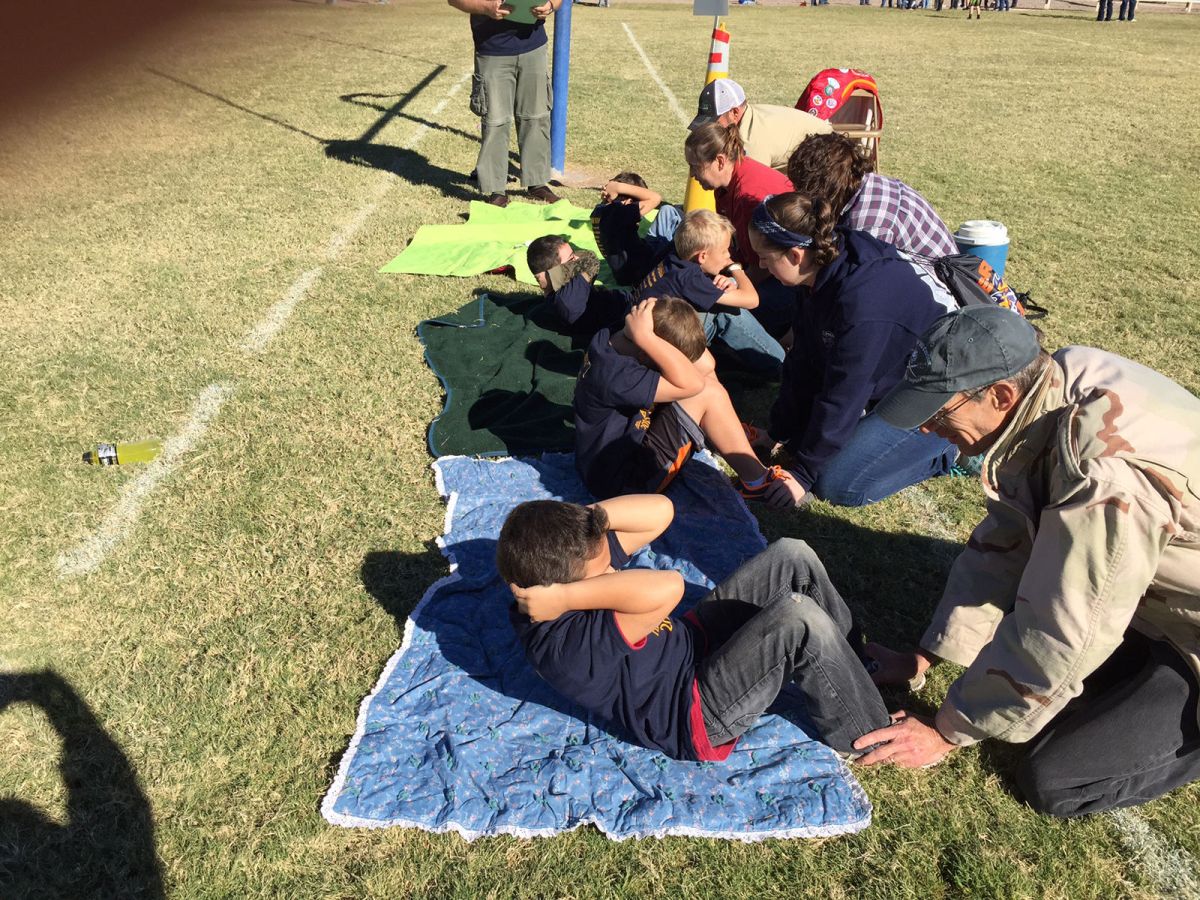
Scout fitness and wellness programs are invaluable resources for communities, providing opportunities for individuals to improve their physical, mental, and emotional well-being. By investing in these programs, we can create a healthier and more resilient society.
Questions and Answers
Who can participate in Scout fitness and wellness programs?
Scout fitness and wellness programs are open to individuals of all ages and abilities.
What are the benefits of participating in Scout fitness and wellness programs?
Participating in Scout fitness and wellness programs has numerous benefits, including improved physical health, mental well-being, and social skills.
How can I find a Scout fitness and wellness program near me?
To find a Scout fitness and wellness program near you, visit the website of your local Scouting organization.

